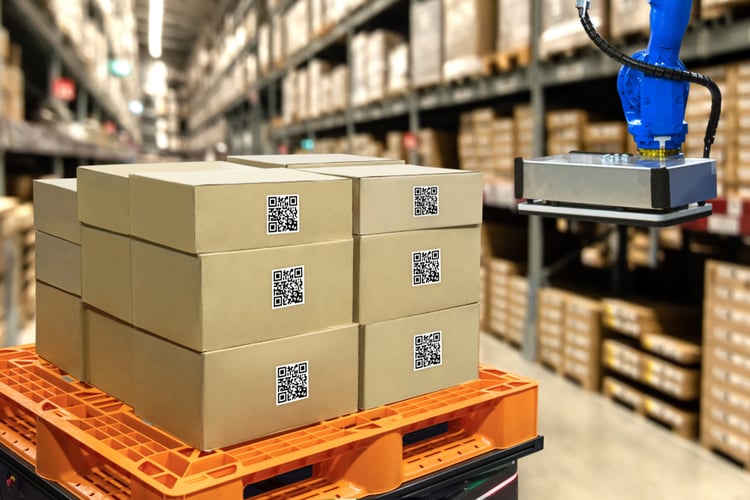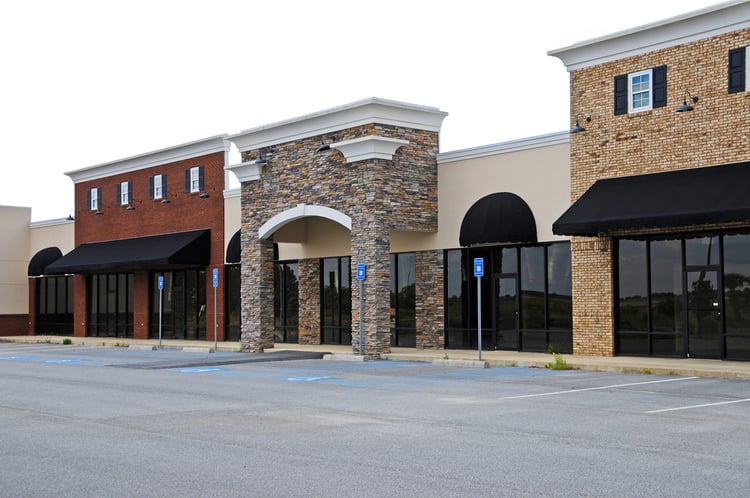3 Ways Retailers Save Money With Micro-Fulfillment Centers

Micro-fulfillment centers or MFCs can help retailers increase their online sales while keeping costs low. The COVID-19 lockdowns forced many stores to stay closed, and this caused a growth in e-commerce - 44% in the US alone according to Digital Commerce 360. Some retailers have relied on manual picking to fulfill online orders, but this is labor-intensive and expensive. For this reason, many leading retailers are betting on automated MFCs.
When retailers use micro-fulfillment technology, three of their main operating costs are reduced:
- Automation is more efficient than manual labor, which reduces order picking costs.
- Since MFCs are compact, they can be built closer to customers to shorten the last mile.
- Real estate costs are also reduced, since MFCs can be deployed in less than 10,000 sf.
Online retailers who rely on manual labor and conventional distribution centers have a competitive disadvantage, since they cannot match the speed and cost of MFCs. A study by Research and Markets found that MFCs could become a $10 billion industry by 2026, and the US could have one MFC in operation for every 10 grocery stores.
Get a professional MEP design for your urban fulfillment center.
1) Micro-Fulfillment Centers Reduce Your Order Picking Costs

Automation and artificial intelligence are key elements of a micro-fulfillment center. Chainalytics compared order fulfillment cost with and without MFC technology, finding that manual fulfillment has a cost of $10-15 per order, while an MFC achieves costs of $3-6 per order. In other words, retailers can achieve savings of 40-80% with micro-fulfillment technology.
- E-commerce has become more challenging for retailers, since customers now expect fast delivery at low cost.
- Just a few years ago, two-day delivery was a premium service that customers were willing to pay. However, buyers now expect same-day delivery or even one-hour delivery as a standard service.
Many retailers have simply expanded their staff to process online orders manually, but human labor cannot compete with picking robots. Some retailers are actually losing money with online orders, since they cannot fulfill them at a competitive cost.
2) Micro-Fulfillment Centers Reduce Your Last Mile Delivery Costs

Building a distribution center close to a residential area is rarely possible, since it requires too much space. The availability of land is also reduced in urban settings and its cost is high - many retailers set up their distribution centers in rural locations for these reasons. Unfortunately, this means that products must travel longer distances to reach customers, and their delivery costs are increased.
The smallest micro-fulfillment centers need less than 10,000 sf, which means they can operate in existing stores, or even dark stores dedicated exclusively to online orders. Retailers can set up MFCs in the neighborhoods where their customers live, which shorten delivery distances and their associated costs.
Urbx Logistics has a micro-fulfillment system that fits in only 1,800 - 5,400 sf, which means it can be easily deployed in existing stores. Online retailers can use compact store automation systems to place their products very close to the customer, reducing last mile costs.
3) Micro-Fulfillment Centers Reduce Your Real Estate Costs

The small size of MFCs also means that retailers can reduce their real estate costs. According to Autostore, automated storage systems use space four times more efficiently, which means rental costs can be reduced by around 75%. For example, a retailer who was planning a distribution center in 160,000 sf can reduce the space to around 40,000 sf with MFC technology.
According to James Lang LaSalle, a global real estate services firm, building costs can be estimated with the “3-30-300 Rule”. The typical annual costs for companies are $3/sf on utility services, $30/sf on rent, and $300/sf on wages. Applying this rule to the example above, the annual real estate cost drops from $4.8 million to $1.2 million. While this is only a rough estimate, it provides an idea of how much MFCs can save on real estate.
Online retailers can reduce their real estate costs even more by repurposing vacant buildings. Many commercial spaces are now empty as a consequence of the COVID-19 pandemic, and retailers can set up MFCs in locations with suitable layouts.
Conclusion
E-commerce represents a business opportunity for retailers, but it also brings challenges. Customers want quick deliveries at low cost, and retailers who can’t keep up are likely to go out of business. Manual order picking is expensive and inefficient, and conventional distribution centers must be located far from customers due to their size.
Micro-fulfillment centers can help online retailers face the challenges of modern e-commerce. Automation reduces order picking costs, and the small size of MFCs allows urban installations while reducing real estate costs.

Michael Tobias
Michael Tobias, the Founding Principal of NY Engineers, currently leads a team of 150+ MEP/FP engineers and has led over 4,000 projects in the US
Join 15,000+ Fellow Architects and Contractors
Get expert engineering tips straight to your inbox. Subscribe to the NY Engineers Blog below.

